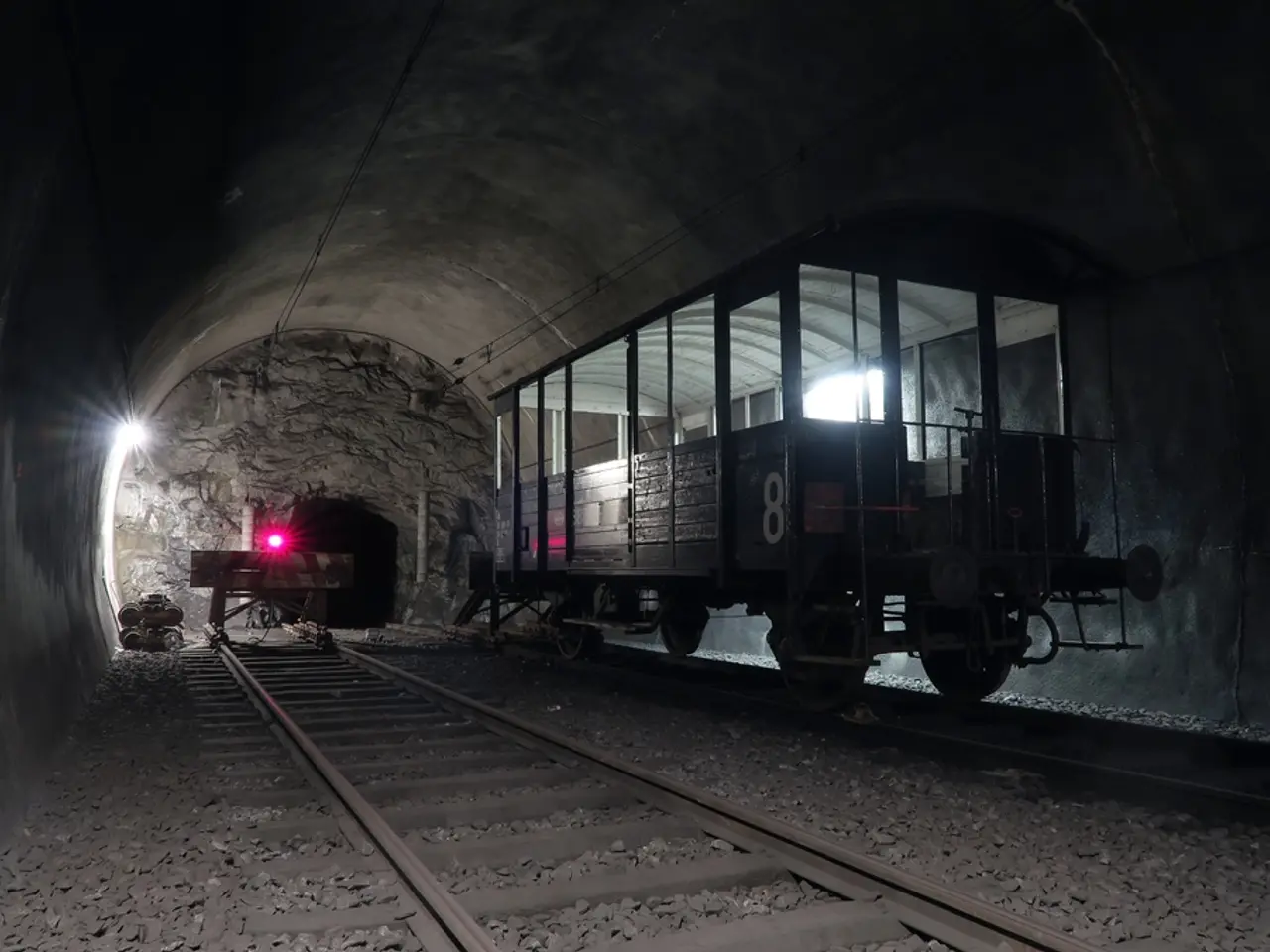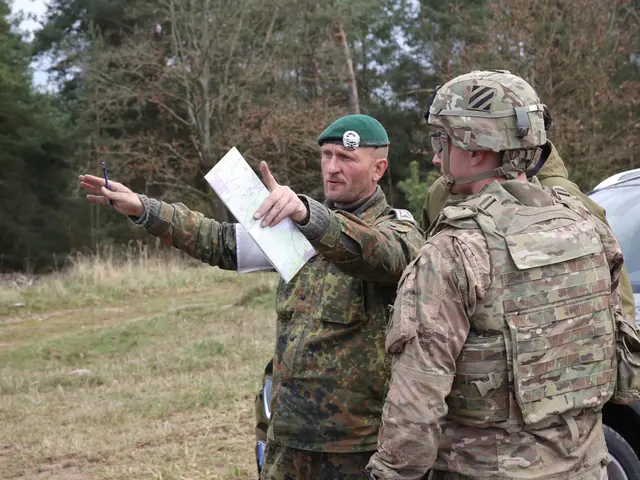New $4.7B Multimodal Corridor Opens, Transforming Central Asia's Freight Flows
A new multimodal transport corridor, valued at approximately $4.7 billion, has officially opened. Stretching 486 kilometres, it seeks to transform freight flows across Central Asia. The corridor connects China, Kyrgyzstan, Uzbekistan, and Turkmenistan, crossing through Kashgar, Torugart, Makmal, Jalal-Abad, and terminating in Andijan.
The line, which marks the completion of the China-Kyrgyzstan-Uzbekistan railway project, began construction on 27 December 2024. It uses two different gauges to accommodate varying track standards, switching from 1,435 mm to 1,520 mm at Makmal. Given the challenging, high-altitude terrain, project engineers built 81 bridges and 41 tunnels, spanning over 120 km in total tunnel length.
Stakeholders anticipate the corridor will significantly reduce logistics costs and cut transit times, providing Central Asia with much-needed alternatives to older northern transit routes. It is expected to carry up to 5 million tonnes of cargo annually by 2035, with more than half of it being transit freight. China holds a 51% stake in the joint venture, with Kyrgyzstan and Uzbekistan each holding 24.5%.
The opening of this corridor is set to boost trade and connectivity in the region. It is the result of over two decades of negotiations, demonstrating the commitment of the involved parties to fostering economic cooperation. With its anticipated benefits and robust infrastructure, the corridor is poised to play a pivotal role in Central Asia's future.
Read also:
- American teenagers taking up farming roles previously filled by immigrants, a concept revisited from 1965's labor market shift.
- Weekly affairs in the German Federal Parliament (Bundestag)
- Landslide claims seven lives, injures six individuals while they work to restore a water channel in the northern region of Pakistan
- Escalating conflict in Sudan has prompted the United Nations to announce a critical gender crisis, highlighting the disproportionate impact of the ongoing violence on women and girls.







